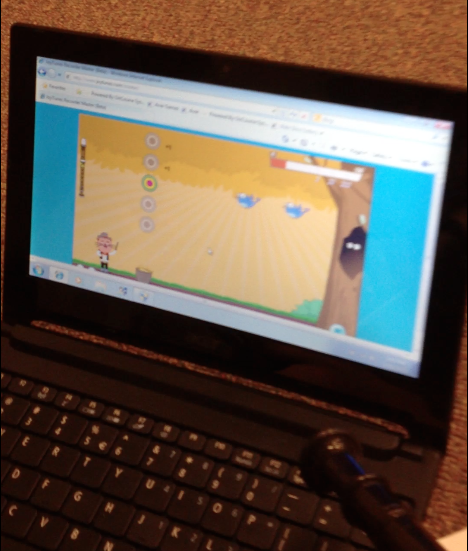This blog post comes to us from Fairfield Township School in Bridgeton, New Jersey. Mr. Kenneth Rafter is the Music teacher for Grades 1-8 and integrates technology on a daily basis. We caught him with this fun activity involving 'Recorder Master' from the www.joytunes.com.
--------------------------------------------
--------------------------------------------
"Students use the game "Recorder Master" to enhance and reinforce recorder skills. At the same time it is a
fun game that the students enjoy. Recorder Master teaches proper
breath control which on the recorder is very important in obtaining a good tone
quality. The game can be described as what I call a cross between Super
Mario Bros, Angry Birds, and Guitar Hero. The objective is to have
students perform various tasks on the recorder and collect music notes
throughout the game. As students collect the notes they earn points that
can advance them to harder levels. This activity meets 3 of the National
Standards for Music Education:


Comments
Post a Comment
Thank you for commenting on the ETTC blog, your post will appear as soon as it is approved by our moderator.